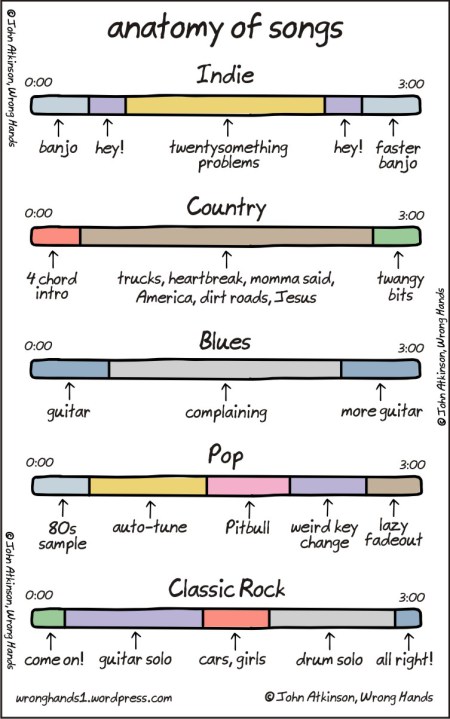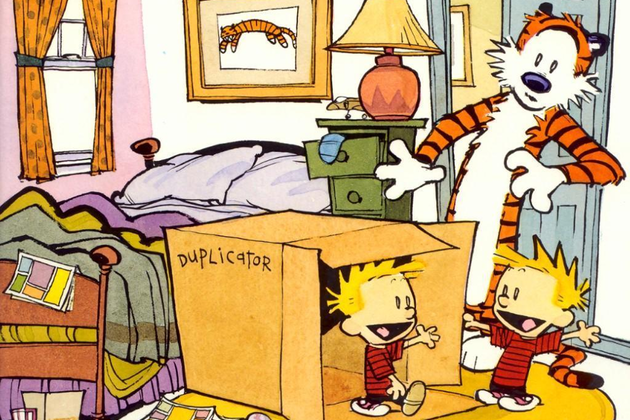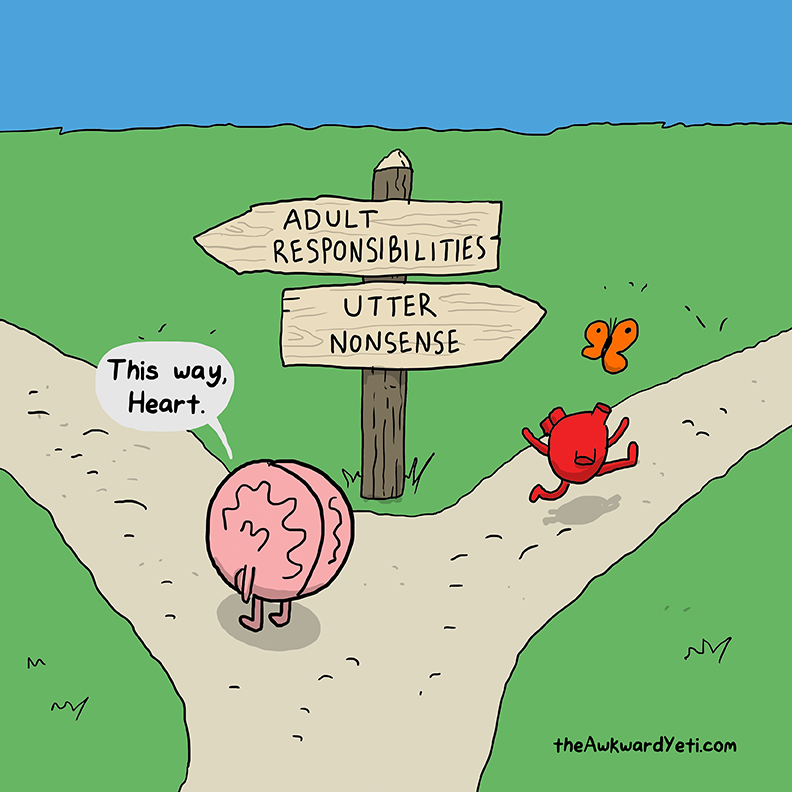Look! Up in the sky! It’s a bird! It’s a plane! It’s….Well, you know how it ends, don’t you? It’s a sentence so iconic that there are probably kids shouting it in your head, in Swahili, as you read this. From Captain Easy to Capote in Kansas, the artfully drawn characters revealing the rich, vivid colours of the world, and displaying brief humour, emotion, action or in some cases, forming a narrative have not only been a hobby but a lifestyle for generations (not just tweens and toddlers) since forever.
Traditionally, throughout the 20th century and into the 21st, comic strips were published in the newspapers in black-and-white, while on Sundays, the newspapers offered longer sequences in special colour comics sections. It was more than just a trifle meant for people’s amusement. All through the years, comic strips were a medium for people to voice their opinions, influence politics, bring down the social hierarchy and much more.
In 1975, Walt Kelly created his most controversial strip Pogo. He took on Senator Joseph McCarthy, drawing him as a crazy bobcat named Simple J. Malarkey, a power-crazed character who wanted to take over the swamps bird watching club and root out all undesirables.
In an attempt to give you a taste of the fun, The Yellow Sparrow has compiled for you a list of the some classic gems and a couple of new age illustration.
1. Gasoline Alley
Frank King’s comic strip Gasoline Alley, which debuted in the Chicago Tribune in 1918, showed Walt Wallet and his adopted son, Skeezix, aging through the years, like a cartoon version of Boyhood. From 1918 to 1959, readers saw young Skeezix grow into an adult, go to war, become a parent himself, and witness the passing of Walt’s generation. Even now, approximately 100 years hence, you can relate to the decisions, emotional moments and sacrifices that the father and the son shared just to keep each other safe and sound.
IMAGE COURTESY – hoodedutilitarian
Most of Frank’s cartooning contemporaries reduced outre art to a mocking punchline, with the scenes being visually witty, intricately drawn, and a source of genuine father-son poignant moment. Through his comic strip, Frank King tried to capture the transiency of our existence, and texture and feeling of life as it slowly but inextricably and grimly passes us by.

IMAGE COURTESY – wikipedia
2. Wrong Hands
Do history, anatomy, science and art overwhelm you? Well, say no more! Wrong Hands and its creator John Atkinson are here to rescue you.
IMAGE COURTESY – wronghands
In his comic series, John Atkinson tries to explain Modern Art, gives you the synopses of Dickens’ all time classics and teaches you numerical relativity through a single panel. He adopts simple drawing techniques to unveil some of the greatest mysteries of the world. The drawings are done directly on a computer and the lettering is a typeface that Atkinson created of his own handwriting.

IMAGE COURTESY – wronghands
3. The Wizard Of Id
The Wizard of Id is the brainchild of Johnny Hart and Brant Parker. The strip hopes to exact a daily smile, chuckle, guffaw or outright belly-laugh from comic strip readers worldwide. With a dictatorial monarch short of temper and stature, a wry and titular jaundice-eyed sorcerer, an alcohol junkie court jester and a swill-eating dungeon dweller, the comic strip plays along lightly and sprightly, keeping the sarcastic humour brisk and breezy. The characters are supplied with terse punch lines that are as dark as mead.
IMAGE COURTESY – creators
Don Markstein’s Toonopedia describes the strip’s humour style as being “quite contemporary, in contrast to its medieval setting, ranging from broad and low to pure black”. The Wizard of Id follows a gag-a-day format, and a colour Sunday page. There are running gags relating to the main cast, to a variety of secondary, continuing characters, and to the kingdom itself. The drawing style of certain characters has changed from the early years of the strip to today, but the essence of the characters hasn’t changed since its first publication in 1964.

IMAGE COURTESY – thedailyfunnies
4. Calvin And Hobbes
In 1985, the world met an appalling little boy. He jibed his mother asking her to “Prepare for annihilation, pitiful Earth female”, tormented his classmate by telling her he had carried a “thermos full of phlegm” and hung a sign on his bedroom door that read “Enter and die”. Millions fell in love with him.
IMAGE COURTESY – scriptoriumdaily
Bill Watterson’s Calvin and Hobbes is not only the strangest but also the funniest, the most touching and the most profound comic strip of all times. The mirth of the comic strip was rooted in the friendship between a 6-year-old misfit Calvin and his pet tiger, Hobbes, and his inability to control himself or the world. The strip is about the richness of the imagination, the subversive creativity and the irreconcilability of individual yearnings and true reality.
IMAGE COURTESY – progressiveboink
The comic strip, from its broad colour palette (on Sundays) to the dynamism and physicality of its brush drawn figures, displays Watterson’s beautiful artistry. Though Calvin and the other characters were drawn with simplicity and in the absence of sophisticated style, the dinosaurs that pass through his mind were drawn in the heavily shadowed photo-realism of 1950s comic books. His fantasies were always more vivid and real than reality itself.
5. The Awkward Yeti
Nick Seluk’s The Awkward Yeti skirts Lars, the yeti, as he witnesses everyday awkwardness at work, in his social life, and also while dating. The Heart and Brain series follows the inner dialogue between a cynical, society-influenced Brain and an impetuous yet optimistic Heart. When put together, these three characters are metaphorically influenced by the idea of the Id (Heart), the Ego (Lars) and the Superego (Brain). While the Brain tries to find a rational solution, the Heart is being carried away all the time by distractions.
IMAGE COURTESY – theawkwardyeti
Seluk has several other miscellaneous comics exploring life, science, and many other topics with comedy being rooted in the ridiculous personification of organs, animals and even rocks! He creates all his characters by hand. He believes that drawings are the best way to explain what goes on inside his head.

IMAGE COURTESY – theawkwardyeti
Discover this great adventure and then follow the misadventures of the whole gang!
6. Doodle Time
Are you one of those who like wasting away their life on Tumblr? Well, here is the most insightful and unapologetic social perspective that you could have asked of Tumblr (and also Facebook for that matter)! Doodle Time is a semi-autobiographical comic that follows the adventures of its creator, Sarah Andersen, her friends, and her beloved pets. The comic revolves around anxiety and laziness, mocks societal awkwardness, adulthood responsibilities, incessant procrastination and much more!
IMAGE COURTESY – imgur
Her designs are influenced by characters like Yotsuba (a Manga series character) and Ponyo (a Japanese movie) that are sweet and expressive. The drawings are simple hand drawn sketches, inked using a brush, and cleaned up in Photoshop. The most extraordinary feature of her cartoons is their eyes. They have a kind of Betty Boop quality to them; her exaggerated self-portraits show eyes that are wide awake, slowly going mad, angrily popping out of their sockets and eyes that couldn’t care less.
IMAGE COURTESY – Sarah Anderson
Because each new issue of a strip requires new artwork, the design process is the true soul of the comic strip. The designing process involves the same creative and artistic abilities that are required to produce any new work of art and may include idea generation, preparation of sketches, and the development of a series of refinements before the final characters and themes emerge.
The use of sequential illustrations to tell a story dates to prehistoric times when early humans painted series of images on rocks and cave walls. Egyptian hieroglyphics are another form of narrative sequential illustrations.
Comic strips are known to offer a visual portal into a world of humour, action, and adventure that can stimulate the reader’s imagination. So dive in head first and let yourself be surrounded by happiness–one panel at a time.


















